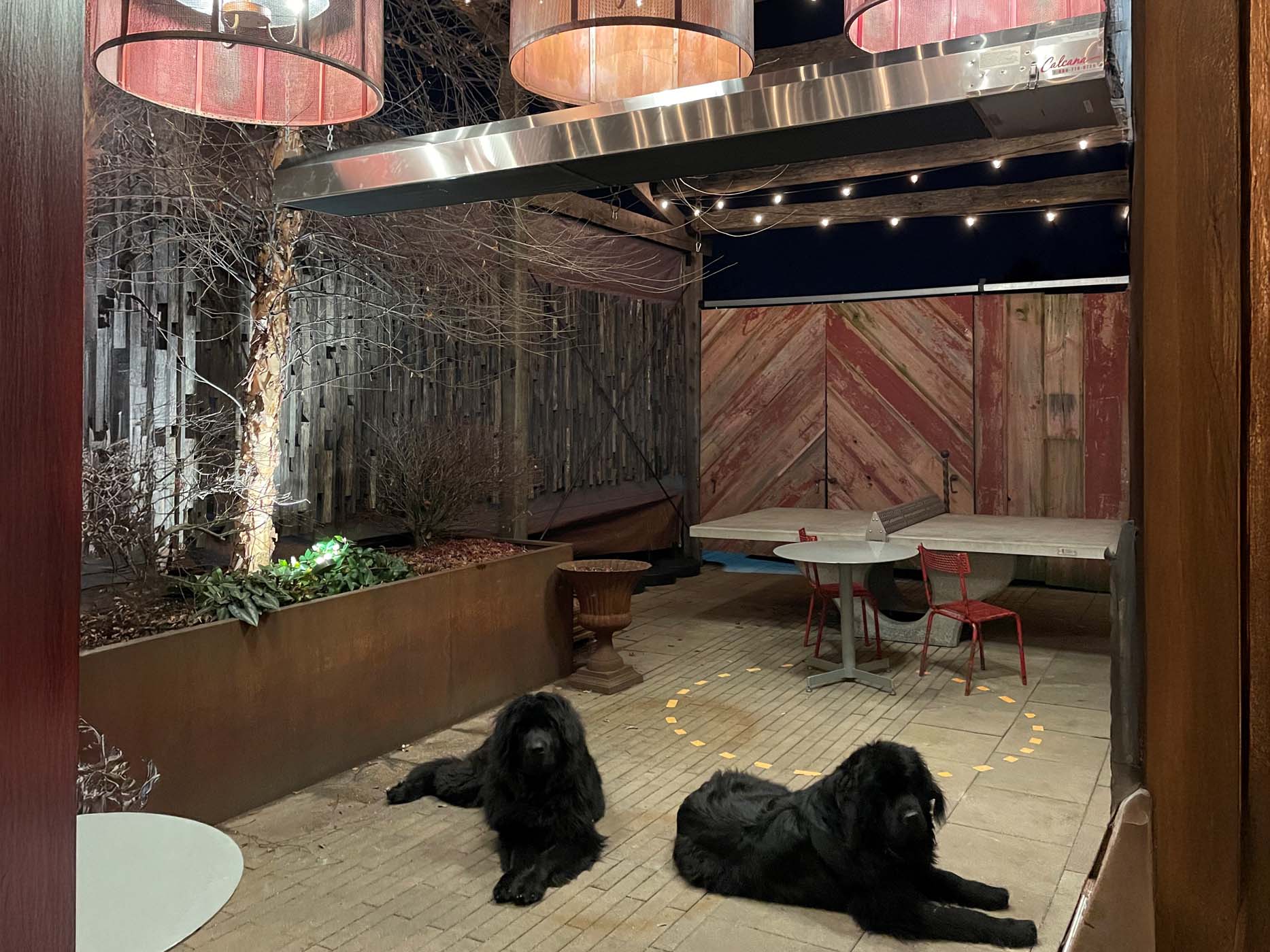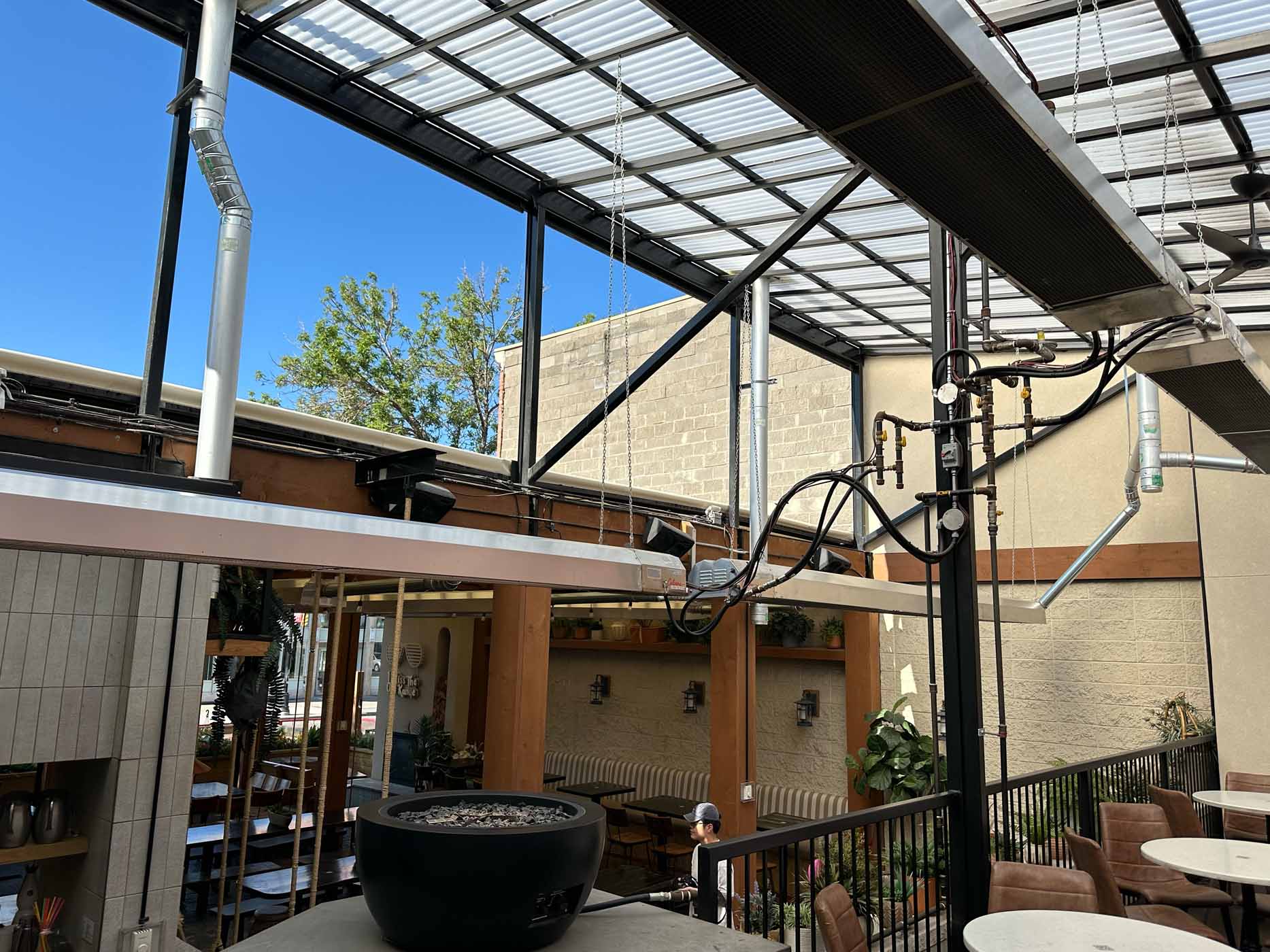Infrared heating is one of those technologies most people experience daily without realizing it. Whether it’s the sun warming your skin on a cool day, a patio heater keeping a restaurant terrace cozy in winter, or an industrial process oven curing paint, infrared heat is everywhere. Yet behind this seemingly simple concept lies a fascinating spectrum of “wave types”: short-wave, medium-wave, and long-wave infrared. Each with its own physics, applications, and advantages.
For business owners, facility managers, and homeowners alike, knowing the difference between these infrared wave types isn’t just academic, it’s the key to choosing a system that delivers the right comfort, efficiency, and safety for your space. This is especially true for outdoor environments, where conditions like wind, humidity, and ambient temperature can affect heating performance.
In this guide, we’ll break down the science of infrared radiation, explore the differences between short, medium, and long wavelengths, and show how Calcana’s focus on long-wave infrared technology offers unmatched comfort and efficiency for covered outdoor patios, restaurants, and commercial settings.
Understanding the Differences Between Infrared Wave Types: Short, Medium, & Long-Wave Heating
Before diving into the specific wave types, it’s important to understand what infrared heat actually is. Infrared radiation is part of the electromagnetic spectrum, the same family of energy waves that includes visible light, ultraviolet rays, and microwaves. What sets infrared apart is its wavelength.
-
Wavelength range: Infrared waves are longer than visible light but shorter than microwaves, measuring between 0.7 micrometers (µm) and 1,000 µm.
-
Invisible but felt: Although you can’t see infrared radiation, you can feel it as heat on your skin.
-
Heat transfer method: Infrared heat warms objects and people directly rather than heating the surrounding air first. This makes it especially efficient in environments where air movement can quickly strip away warm air.
The infrared spectrum is divided into three main categories:
-
Short-wave (near-infrared) – 0.7 to 1.5 µm
-
Medium-wave (mid-infrared) – 1.5 to 3 µm
-
Long-wave (far-infrared) – 3 to 1,000 µm
Each category behaves differently, and understanding those differences is critical when choosing a heater.
Short-Wave Infrared: High Intensity, Instant Heat
Short-wave infrared (also called near-infrared) produces the highest energy level and the most intense heat within the infrared family. It has a very short wavelength, which allows it to penetrate the skin slightly and create a strong warming sensation almost instantly.
Key Characteristics:
-
Wavelength: 0.7 – 1.5 µm
-
Temperature output: Extremely high: emitters can reach up to 2,500°C (4,532°F)
-
Heat feel: Intense and direct, like standing in front of a campfire
-
Response time: Instant, full heat output within seconds
Applications:
-
Industrial processes such as metal forging, glass manufacturing, and powder coating curing
-
Indoor and outdoor spot heating where short bursts of intense heat are required
-
Some high-output patio heaters in commercial spaces
Advantages:
-
Very fast warm-up time
-
High-intensity heating capability
-
Good for processes requiring deep heat penetration
Drawbacks:
-
Can feel harsh for prolonged personal comfort
-
Higher surface temperatures may pose burn risks if improperly shielded
-
Produces visible light, which may not be desirable in certain hospitality settings
Medium-Wave Infrared: Balanced Output & Versatility
Medium-wave infrared sits between short and long-wave on the spectrum, offering a balance between heat intensity and comfort. It penetrates less deeply than short-wave but more than long-wave, providing a gentler warming sensation while still delivering substantial heat.
Key Characteristics:
-
Wavelength: 1.5 – 3 µm
-
Temperature output: Typically 1,000°C – 1,800°C (1,832°F – 3,272°F)
-
Heat feel: Warm and penetrating, less harsh than short-wave
-
Response time: Fast, though not as immediate as short-wave
Applications:
-
Industrial drying and curing processes
-
Some outdoor heaters in covered spaces
-
Paint drying booths
-
Commercial kitchens for warming stations
Advantages:
-
Good compromise between speed and comfort
-
Lower light emission compared to short-wave
-
Suitable for both industrial and comfort heating
Drawbacks:
-
Less energy-efficient than long-wave for outdoor comfort applications
-
Still too intense for some hospitality or residential settings
Long-Wave Infrared: Gentle, Energy-Efficient Comfort
Long-wave infrared (also called far-infrared) produces the softest, most comfortable heat in the spectrum. It doesn’t penetrate as deeply as short or medium-wave but instead gently warms the surface of objects, people, and surroundings.
Key Characteristics:
-
Wavelength: 3 – 1,000 µm
-
Temperature output: Typically 100°C – 500°C (212°F – 932°F)
-
Heat feel: Gentle, consistent, similar to warmth from the sun
-
Response time: Slower warm-up, but retains heat longer
Applications:
-
Outdoor comfort heating (patios, restaurants, open-air venues)
-
Wellness and therapeutic applications (infrared saunas, physiotherapy)
-
Space heating in homes and offices
Advantages:
-
Extremely comfortable for long periods
-
Energy-efficient in covered outdoor settings
-
No visible light to interfere with ambiance
-
Reduced safety risks due to lower surface temperatures
Drawbacks:
-
Not as effective for rapid heating in large open or windy spaces
-
Requires proper installation to maximize coverage
Why Calcana Uses Long-Wave Infrared:
Calcana specializes in gas-fired long-wave infrared heaters for outdoor hospitality and commercial use because they:
-
Deliver consistent, even warmth without harsh glare
-
Perform efficiently in covered patios and semi-enclosed areas
-
Minimize operating costs over time
-
Offer proven safety and durability, even in tough climates
Comparing the Three Wave Types Side-by-Side
| Feature | Short-Wave (Near) | Medium-Wave (Mid) | Long-Wave (Far) |
|---|---|---|---|
| Wavelength | 0.7–1.5 µm | 1.5–3 µm | 3–1,000 µm |
| Temperature | Up to 2,500°C | 1,000–1,800°C | 100–500°C |
| Heat Intensity | Very high | Moderate-high | Gentle |
| Visible Light | Bright red/orange | Faint glow | None |
| Comfort Level | Low for long use | Moderate | High |
| Best Applications | Industrial | Industrial & some comfort | Comfort, wellness |
Efficiency Considerations: Short, Medium, & Long Wave Infrared
Energy efficiency is a top concern for both residential and commercial heating applications. While all infrared heaters are generally more efficient than convection-based systems, since they heat objects and people directly rather than just warming the air, each wavelength interacts with its surroundings differently, which can affect performance in specific settings.
Short Wave Efficiency
Short wave infrared heaters deliver near-instant heat, which means there’s virtually no warm-up period. This quick response is ideal for situations where heating is needed on demand, such as in loading docks, outdoor event spaces, or construction sites. However, because they emit more intense radiation, some of their energy can feel overwhelming at close range and might not be the most comfortable choice for prolonged exposure unless carefully placed.
Medium Wave Efficiency
Medium wave strikes a balance by providing relatively quick warm-up (usually within 30 seconds to 2 minutes) while being gentler on the skin and eyes. They are often more efficient for semi-enclosed areas because they reduce heat loss caused by wind compared to short wave, while still providing noticeable warmth relatively quickly.
Long Wave Efficiency
Long wave heaters are highly efficient in enclosed spaces because their heat is absorbed more slowly and evenly by walls, floors, and furnishings, which then re-radiate warmth. They don’t waste energy heating unnecessary areas or the surrounding air excessively, making them ideal for continuous heating applications like restaurants, greenhouses, or warehouses.
Comfort & Safety Factors Across Wavelengths
When choosing an infrared heater, comfort and safety often go hand in hand. A heater that’s technically efficient but uncomfortable to sit near won’t be practical for your needs.
Short Wave Comfort & Safety
Short wave infrared can be quite intense. The bright, almost visible light can cause glare in certain conditions, and the high radiant intensity might be uncomfortable for prolonged direct exposure. This makes them better for “spot heating” rather than ambient comfort heating. On the safety side, high temperatures mean these units must be installed carefully to avoid burns or overheating nearby materials.
Medium Wave Comfort & Safety
Medium wave infrared offers a more comfortable warmth for people sitting or standing nearby. It still delivers a focused beam of heat but without the harshness of short wave. Safety concerns are lower since the emitted surface temperatures tend to be less extreme, but proper clearance from flammable materials is still essential.
Long Wave Comfort & Safety
Long wave infrared is widely regarded as the most comfortable for prolonged exposure. It produces a gentle, even warmth that feels like sitting in the shade on a sunny day. There’s no glare and minimal risk of overheating skin or objects. Safety is generally higher with these units because they operate at lower surface temperatures, though compliance with installation guidelines is still a must.
Cost & Lifespan Comparisons
Different infrared wave types not only perform differently, they also vary in purchase price, maintenance requirements, and expected lifespan.
Short Wave Costs & Longevity
Short wave units are generally less expensive up front, but their quartz halogen lamps have a shorter lifespan, often 5,000 to 7,000 hours. Replacement costs can add up if used continuously. On the upside, they require minimal maintenance beyond lamp replacement.
Medium Wave Costs & Longevity
Medium wave infrared heaters typically sit in the middle for both cost and lifespan. Their lamps or emitters often last 7,000 to 10,000 hours, and their balance of performance and durability often justifies a slightly higher price point.
Long Wave Costs & Longevity
Long wave heaters are sometimes more expensive to purchase, especially high-quality commercial-grade models. However, their ceramic or metal heating elements can last 20,000 hours or more, and with proper care, they can deliver decades of consistent performance. This makes them highly cost-effective over the long term despite the higher initial investment.
Choosing the Right Wave Type for Your Needs
When deciding between short, medium, and long wave infrared heaters, the best choice depends on your environment, usage patterns, and heating priorities.
Questions to Ask Yourself:
-
Is the space indoor, outdoor, or semi-enclosed?
-
Do you need instant heat or sustained comfort over hours?
-
Will people be sitting close to the heaters for long periods?
-
Are you heating for comfort, for process/industrial purposes, or both?
-
What’s your budget for both purchase and long-term operation?
Quick Recommendations:
-
Short Wave: Best for quick, on-demand heating in outdoor or drafty environments.
-
Medium Wave: Great all-rounder for mixed indoor/outdoor use with a balance of comfort and speed.
-
Long Wave: Ideal for continuous comfort heating in open, enclosed, or semi-enclosed spaces.
Why Calcana Specializes in Long Wave Infrared
While Calcana could theoretically produce any wavelength of heater, our focus has always been on long wave infrared technology, and for good reason.
Long wave infrared offers unmatched comfort, energy efficiency, and safety for the types of environments our customers use most, restaurants, patios, residential decks, commercial spaces, and more. We engineer our heaters with:
-
Marine-grade stainless steel housings for durability in all weather.
-
Adjustable heat output for precise comfort controls.
-
CSA and CE certifications to meet the highest safety standards.
By focusing on long wave infrared, Calcana ensures that customers get warmth that feels natural, is safe for people and pets, and can be enjoyed for years with minimal maintenance.
Final Thoughts
Understanding the differences between short, medium, and long wave infrared is essential for making an informed heating decision. While short wave excels in speed, and medium wave offers versatility, long wave infrared remains the gold standard for comfort, safety, and efficiency, especially in spaces where people gather and spend extended time.
At Calcana, we’ve built our reputation on delivering gentle yet powerful radiant warmth that keeps guests comfortable no matter the season. Whether you’re outfitting a cozy backyard patio, a bustling restaurant terrace, or a commercial space, our long wave heaters provide the balance of performance and peace of mind you deserve.




Leave a comment
This site is protected by hCaptcha and the hCaptcha Privacy Policy and Terms of Service apply.